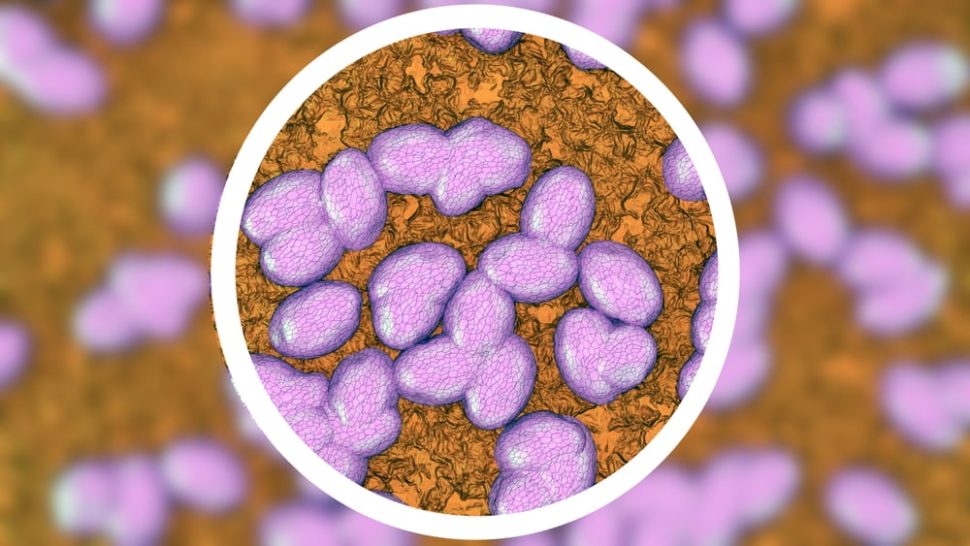A newly discovered technique bypasses antibiotics and uses light-activated oxygen to kill MRSA bacteria.
A multidrug-resistant strain of staph bacteria, MRSA (Methicillin-Resistant Staphylococcus Aureus) is transmitted primarily from one patient to another through the contaminated hands of medical staff or other patients.
MRSA Infections are one of the most common nosocomial infections, also known as hospital-acquired infections, which occur when the clinical staff forgets to wash their hands between patient visits.
Because patients in health facilities may already have a weakened immune system or suffer from chronic diseases, that makes them more susceptible to MRSA Infections.
As prevention measures, all hospitals can do in this case is to track hand hygiene practice among its caregivers and disinfect MRSA-carrying patients.
Light-Activated Oxygen to Kill Superbugs and Cancer Cells
MRSA has proven to be tough even under a multi-antibiotic attack, but perhaps in the near future, we won’t need antibiotics at all to treat MRSA infections.
Two research teams both from the Department of Chemistry at the University of Cincinnati (Ohio) used light and oxygen to kill MRSA, with no antibiotic involved.
“Instead of resorting to antibiotics, which no longer work against some bacteria like MRSA, we use photosensitizers, mostly dye molecules, that become excited when illuminated with light. Then, the photosensitizers convert oxygen into reactive oxygen species that attack the bacteria,” said team member Peng Zhang.
Read More: Researchers Find Possible Cure to MRSA Infection
Photodynamic inactivation (PDI) is one of the most researched alternatives to antibiotic-based treatments of drug-resistant bacteria.
PDI techniques involve photosensitizers, oxygen, and light to create Reactive Oxygen Species (ROS), or singlet oxygen, shown to be highly lethal to most bacteria, including drug-resistant types.
However, past experiments could only work with photosensitizers that are “hydrophobic”, tending to aggregate in aqueous media, where bacteria are typically found, and which limits the action of ROS.
Chemists at the University of Cincinnati designed a new hybrid photosensitizer based on gold nanoparticles “which demonstrated highly efficient singlet oxygen”.
According to the paper presented at the 256th National Meeting & Exposition of the American Chemical Society, “experimental results show that the hybrid photosensitizers display greatly enhanced singlet oxygen generation and high efficiency in photo-inactivating the MRSA.”
Besides MRSA and other types of drug-resistant bacteria, researchers think the same mechanism could be used to target skin cancer cells and kill them.



















Comments (0)
Most Recent